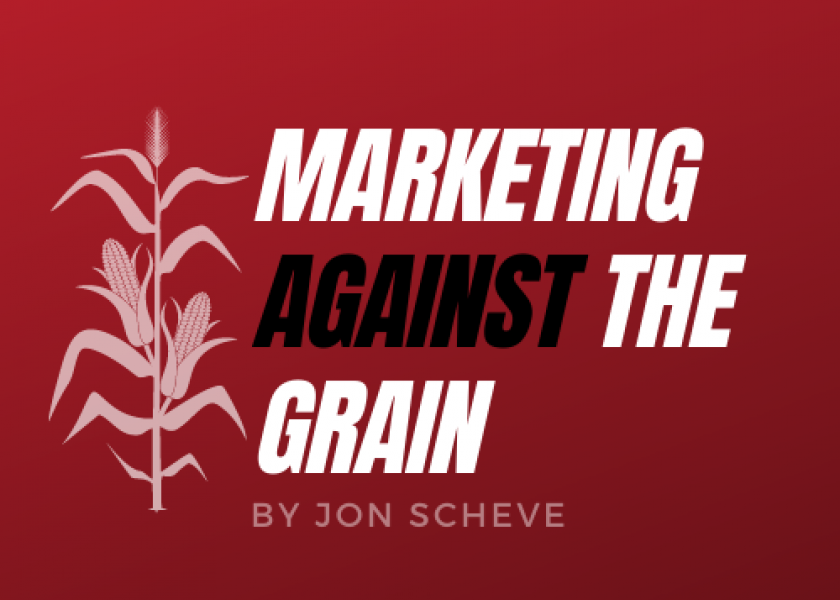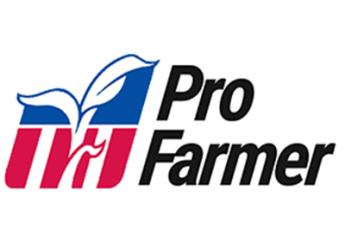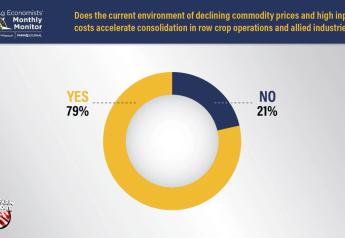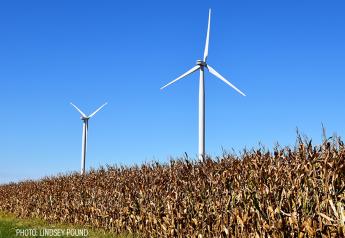Can Corn Still Find Its Way To $7.50?

Missed a recent article by Jon Scheve? Get it sent to you directly every week. Send a request by email: jon@superiorfeed.com
Market Commentary for 11/20/21
The corn market shook off bearish news and closed nearly 10 cents higher last week.
Basis values in the west have been very strong, which is pulling corn from the middle of the US to the southwest. This increased corn demand seems to be causing the December to March futures spread to narrow into a very small carry, which is incentivizing commercial elevators to let go of their stored corn as soon as possible.
Since US farmers are generally not selling, the market is begging for grain right now. However, with reduced supply in the southwestern corn belt and a tight carryout overall, some farmers think corn futures will follow the pattern of the last two years and trade above $7.50 by spring.
As always, the corn market is complex and there are many factors impacting prices right now. The following summarizes both sides.
Reasons Corn Could Rally to $7.50
- Argentina’s yields were devastated by La Nina the past two years, and there is reason to believe it will happen again this year with the weather phenomenon expected to last throughout most of the growing year. There has been limited precipitation so far, and if more dry weather occurs over the next month prices could push higher. Wheat yields are already estimated to be half of normal this harvest.
- Brazil is facing higher corn input prices this year. Combined with the higher cost to borrow money, more farmers may plant soybeans over corn. Plus, Brazil is also experiencing some dry conditions in the southern region where a lot of their first corn crop is raised.
- Ukraine will likely abandon about 10% of their corn production this fall due to fuel and labor shortages, logistical issues, and high harvest costs. Some estimates suggest their total yearly corn production will be 25% less than normal due to the war.
- Europe had one of the worst droughts in recent history, so their corn production was down significantly. They may be able to logistically buy Ukraine grain by rail and truck, but this may mean the rest of the world will need to search for corn in early spring, and the US may be the only available source.
- The current USDA forecasted carryout is tighter than the last time prices hit $7.50 in the spring. Even if exports are reduced, if feed demand is increased even a little the potential carryout could still be at levels equal to those of the last 2 years when corn rallied in the Spring.
- If there are any issues with the Black Sea’s grain corridor, or the war expands in Eastern Europe, the market could quickly rally higher.
Reasons Corn Does Not Have to Rally
- US corn export pace is half what it should be, somewhat due to US bean exports being a bigger priority and Mississippi River levels causing freight issues. Plus, US corn prices are higher than our competitors currently.
- Traders are nervous Chinese covid restrictions will keep people trapped at home, reducing overall demand.
- With increased global inflation, the demand for meat may be reduced, which would decrease feed usage.
- A strong Dollar makes US products more expensive globally and could reduce demand.
- Exports out of the Black Sea corridor look likely to continue, increasing competition against US grain. Plus, if the war in Ukraine would end, the market would likely pull back.
Bottomline
Over the last few weeks western corn basis levels have suggested corn futures may be too low. With harvest nearly complete in the eastern belt we have seen the basis begin to rally there. This week spreads indicated what basis was telling us last week, corn availability may be limited at current price levels.
Flush with cash, it seems many farmers are content to wait and see if we have a springtime rally again as we have the past 2 years. For prices to rally further demand will likely need to be stronger, and we may not see anything on that front until January.
Want to read more by Jon Scheve? Check out recent articles:
Can Soybeans Continue To March Higher?
Does Corn Need To Trade Back To $6.50 Or Move Up To $7.50?
What Is In Your Marketing Toolbox
Corn Could Have Upside Potential Moving Forward
Is The National Yield Getting Smaller?
Jon Scheve
Superior Feed Ingredients, LLC







